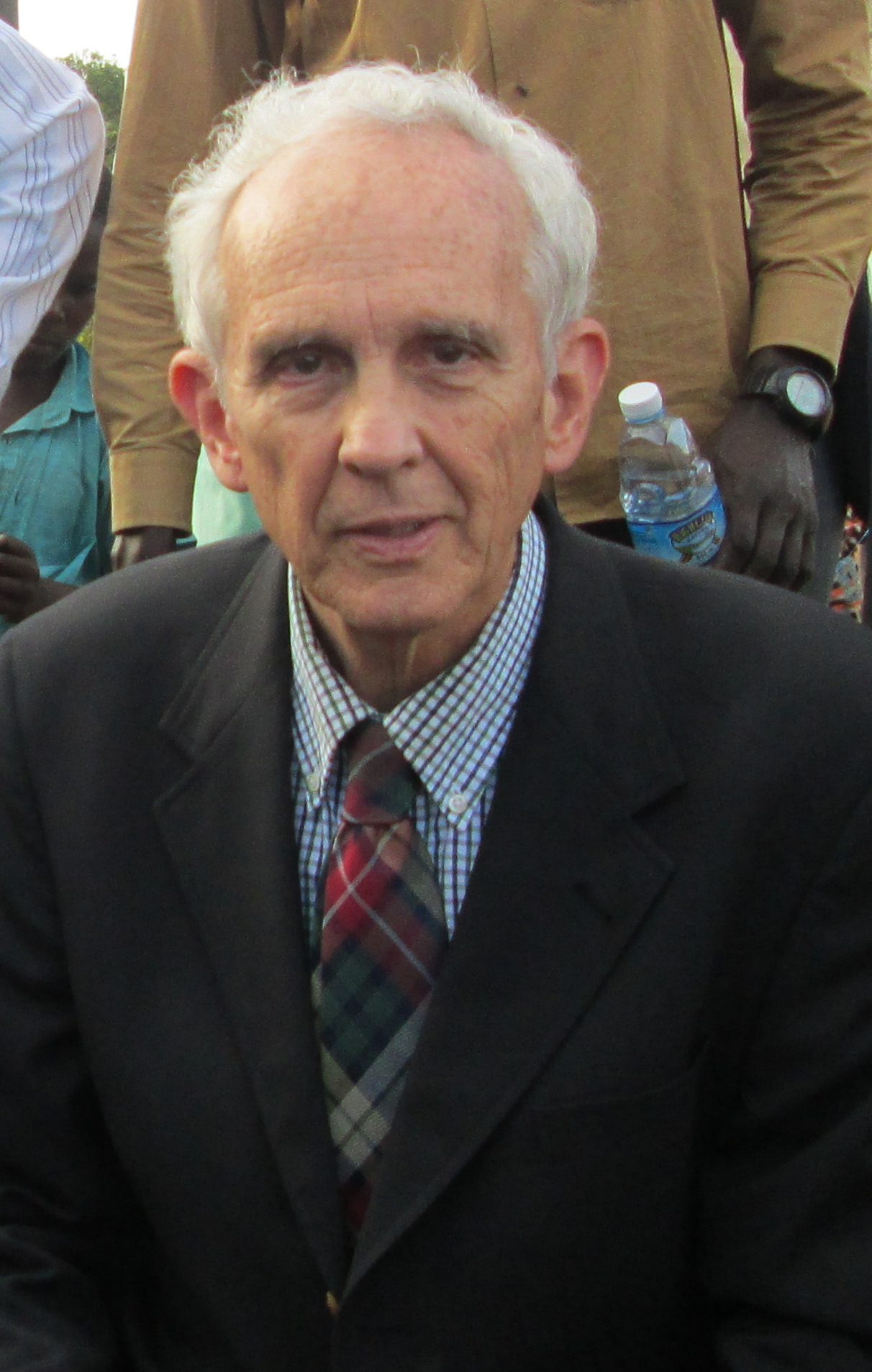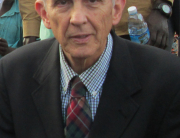Sleeping Sickness
by Dr. Gregory Bartha
October 2, 2022
When Albert Schweitzer opened his medical clinic in West Africa, he saw many patients suffering from sleeping sickness. They would present with severe headache, fever, joint pain, and enlarged lymph nodes. Often they would become confused and agitated and suffer from daytime sleepiness and nighttime insomnia. There was gradual progression into coma and death. The disease was very prevalent in tropical Africa. It was the cause of death in a high percentage of the Ugandan population.
The disease is caused by the trypanosome parasite which infects cattle and wild animals. The tsetse fly which is commonly found in the area bites the animal and ingests the parasites. They multiply and migrate to the salivary glands. When the fly bites a human or another animal, it injects the parasites into the bloodstream. They again multiply and invade the lymph nodes and eventually the brain and meninges. The disease can be diagnosed by identifying the parasites in the blood, lymph nodes, or spinal fluid. Several hours may be required to find the parasites. Dr. Schweitzer spent many hours at this work.
Eventually, the disease was controlled by treating all infected individuals and reducing the cattle and tsetse fly populations, Pentamidine and Suramin are among the most effective medicines to treat the illness. Patients can relapse and must be followed carefully for up to 2 years after treatment.
To prevent this disease, travelers should use insect repellent and wear long-sleeved shirts and long pants with neutral colors. The tsetse flies are attracted to bright and dark colors. In 2020 only 700 cases were reported to the World Health Organization. Most were hunters or people hiking through dense vegetation.
To make a tax-deductible contribution to Dr. Bartha’s efforts in Uganda, please contact him at this address:







Recent Comments